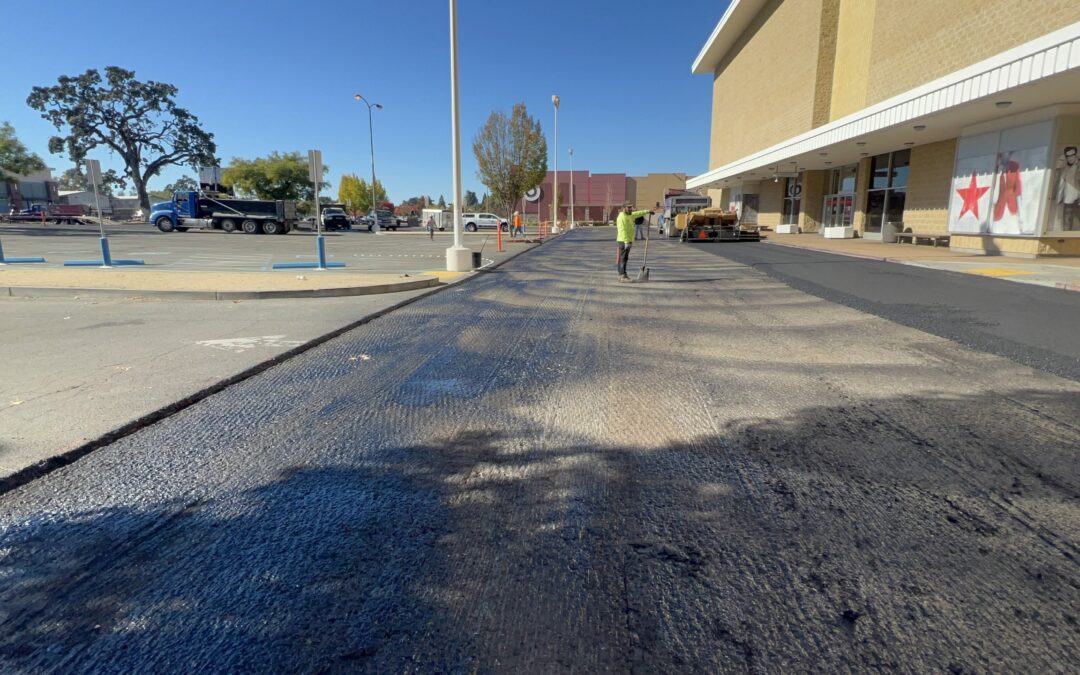Northern California is renowned for its stunning landscapes, diverse ecosystems, and vibrant communities. From the towering redwoods of Humboldt County to the bustling streets of San Francisco, the region offers a rich tapestry of experiences for residents and visitors alike. Central to the accessibility and connectivity of this vast expanse are its roads and highways. In this article, we delve into the fascinating world of paving in Northern California, exploring the challenges, innovations, and unique features that define the region’s road infrastructure.
Embracing Diversity
Northern California encompasses a wide range of terrains, from rugged coastlines to mountainous regions and sprawling urban areas. Paving in such diverse landscapes requires tailored approaches to address varying soil compositions, weather patterns, and environmental concerns. Engineers and construction teams often employ specialized techniques and materials to ensure roads withstand the region’s geological and climatic complexities.
Environmental Sustainability
In recent years, Northern California has emerged as a pioneer in sustainable infrastructure development. With a growing emphasis on reducing carbon emissions and minimizing ecological impact, road construction projects increasingly incorporate eco-friendly practices. From utilizing recycled materials in pavement production to implementing stormwater management systems, the region is at the forefront of environmentally conscious paving initiatives.
Resilience Against Natural Disasters
Northern California is prone to a range of natural disasters, including earthquakes, wildfires, and landslides. Ensuring the resilience of road infrastructure in the face of such hazards is paramount to maintaining connectivity and facilitating emergency response efforts. Engineers employ advanced seismic retrofitting techniques, slope stabilization measures, and fire-resistant materials to enhance the durability and safety of roadways throughout the region.
Navigating Urban Congestion
Cities like San Francisco and Sacramento grapple with traffic congestion and infrastructure challenges inherent to urban environments. Innovative solutions such as smart traffic management systems, dedicated bus lanes, and pedestrian-friendly designs are transforming urban streetscapes and improving mobility for residents. Paving projects in urban centers prioritize efficiency, accessibility, and sustainability to accommodate growing populations and evolving transportation needs.
Preserving Cultural Heritage
Northern California boasts a rich cultural heritage shaped by Indigenous communities, pioneers, and immigrant populations. Historic roads and scenic byways play a vital role in preserving and celebrating this heritage, offering glimpses into the region’s past while supporting tourism and economic development. Preservation efforts focus on maintaining the integrity of historic routes while integrating modern safety and accessibility standards.
The Role of Technology
Advancements in technology are revolutionizing the field of paving, enabling more precise construction techniques, enhanced durability, and improved maintenance strategies. From 3D modeling and simulation tools to automated paving machines and drones for aerial surveys, Northern California’s infrastructure projects benefit from cutting-edge innovations that streamline processes and optimize outcomes.
Conclusion
Paving in Northern California is a dynamic blend of innovation, sustainability, and resilience. As the region continues to evolve and grow, maintaining and enhancing its road infrastructure will remain a priority. By embracing diversity, prioritizing environmental stewardship, and harnessing the power of technology, Northern California is paving the way towards a more connected, accessible, and sustainable future.

